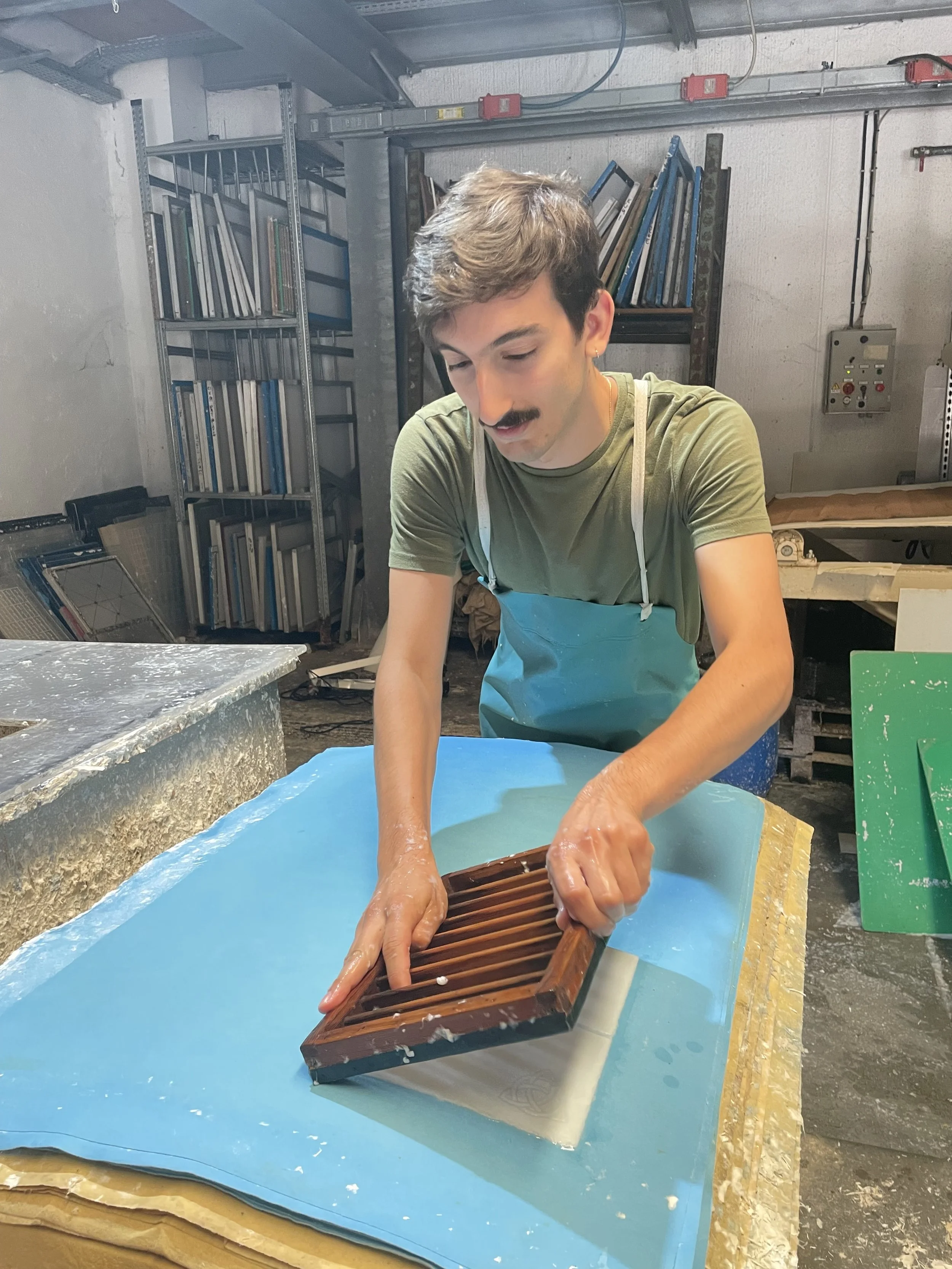Meet New York-based Artist Gianluca Avanzato
Gianluca Avanzato is a writer, artist, and poet from Oneonta, New York. Gianluca holds a Master of Divinity from Harvard Divinity School, where he studied religion and spiritual care. He is leading a spiritual writing circle in August 2024, which you can apply for by July 26. Learn more about Gianluca on Instagram and on his website.
CATHOLIC ARTIST CONNECTION: Where are you from originally, and what brought you to your current city?
GIANLUCA AVANZATO: I grew up in Oneonta, New York, and I have recently returned here to figure out my next step. I have always loved the verdant hills, the intensity of the seasons, and the humility found within my home communities. As I try to discern my vocation, I have found God continually calling me back to my hometown and to Upstate New York: to listen to the land, to nurture friendships, to live peacefully and honestly, and to offer my gifts to the communities here. Wherever I go, this land we call Upstate New York that has taught me so much will remain in my heart and guide my steps.
How do understand your vocation as a Catholic artist?
The Catholic tradition is storied, diverse, and manifold. As a Catholic artist—or an artist who is also Catholic—I carry a sense of both inspiration and obligation. My art is inspired and informed by the generations of spiritual ancestors who have used the language and framing of Christianity to know and express divinity—just as artists in other places and times have utilized their own cultural and religious inheritance. Alongside my awe at the Catholic tradition, I also feel responsibility. Instead of turning away from, ignoring, or denying the realities and histories of Catholics, the Church, and the tradition, I want to learn about, know, and understand them. By facing and embracing the Catholic tradition into which I was born, warts and all, I then open myself to the myriad treasures and ageless wisdom that shine forth. To be Catholic, for me, is to be part of a beautiful and complicated inheritance as well as a lived and living tradition: a diverse and complicated family that spans space and time.
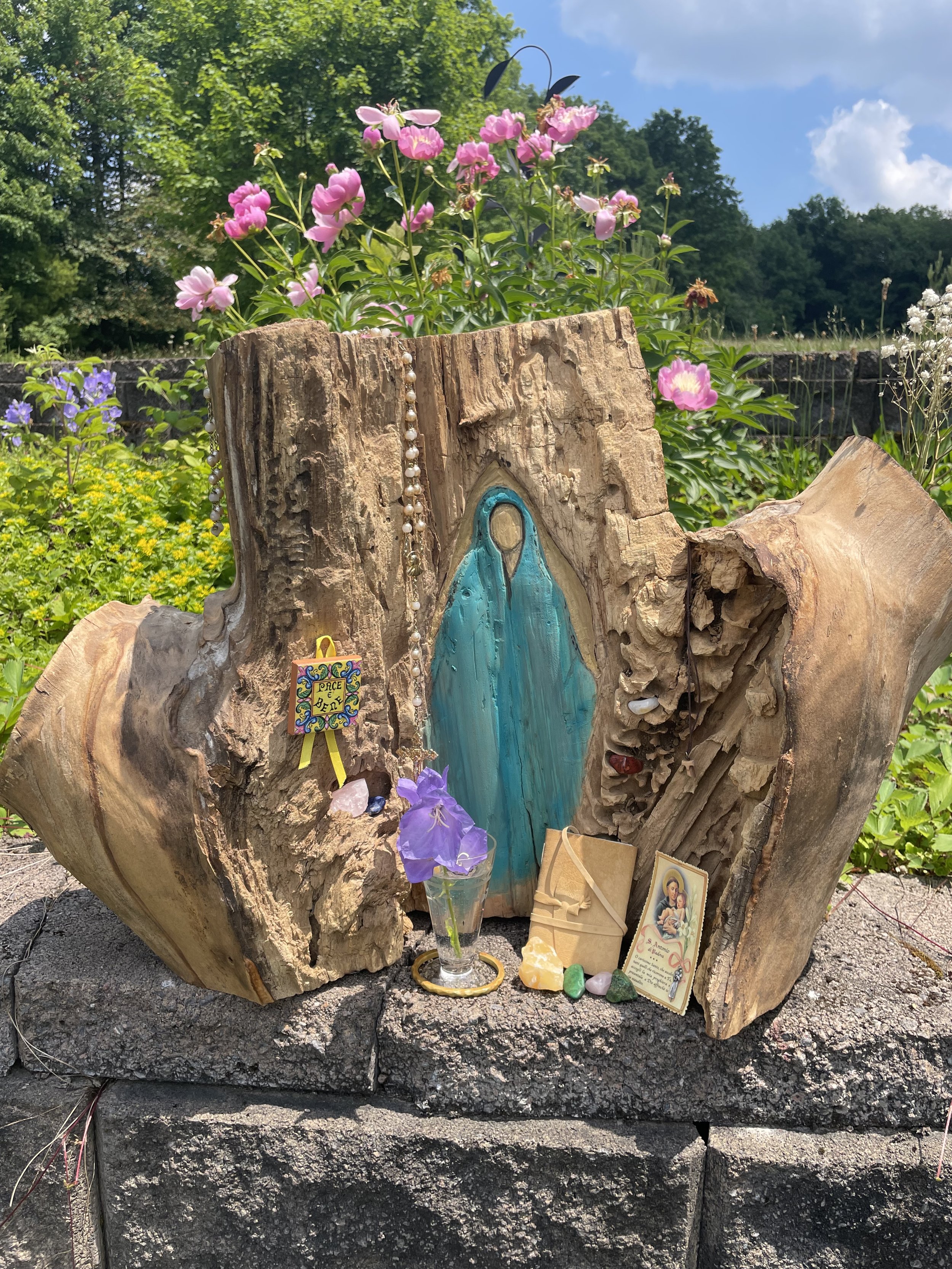
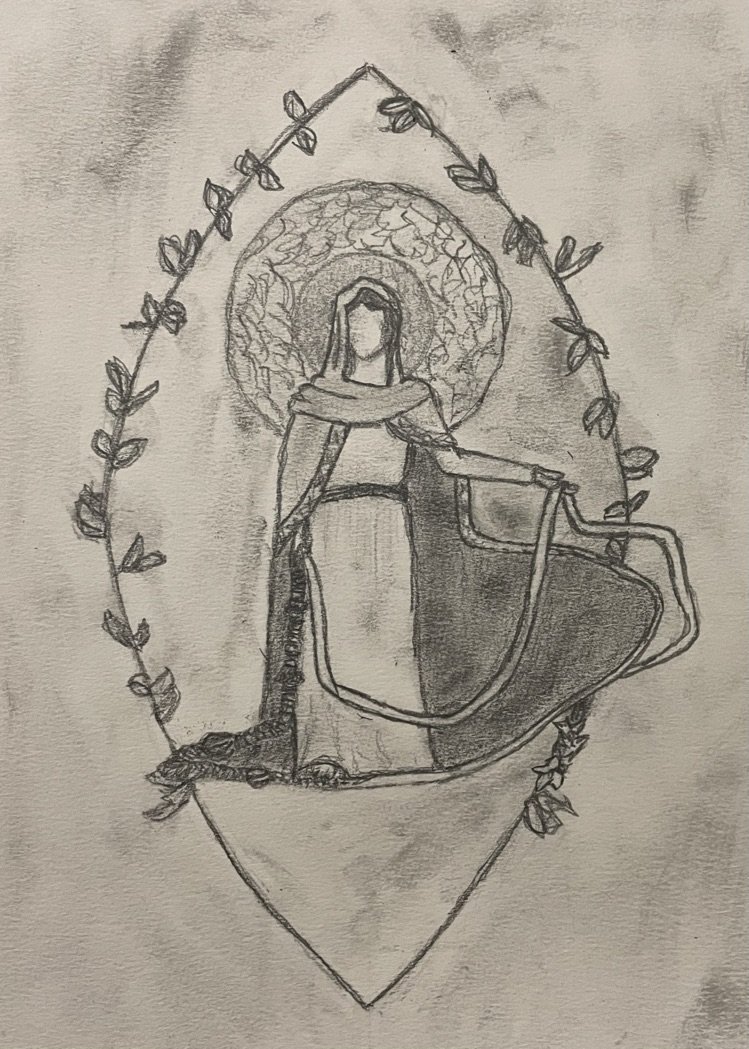
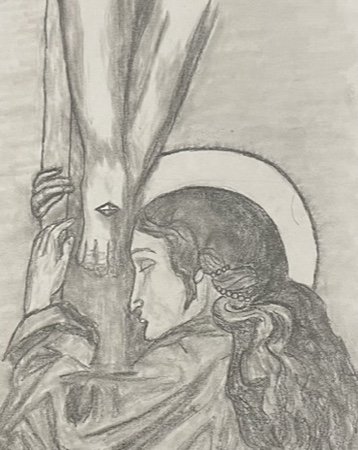
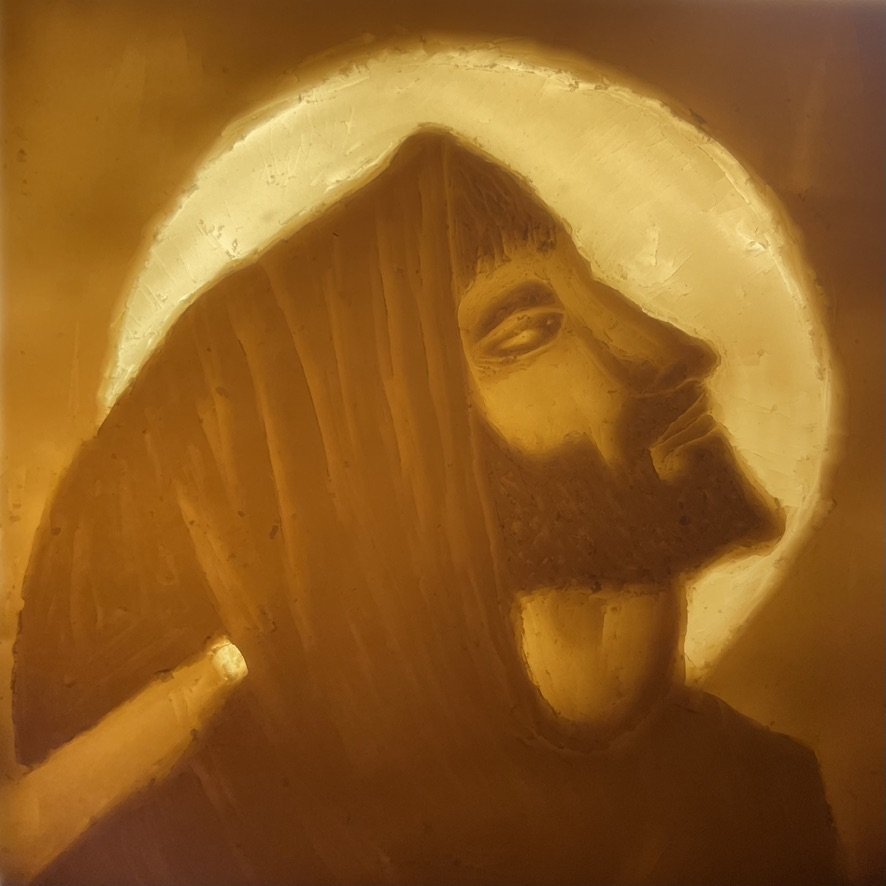

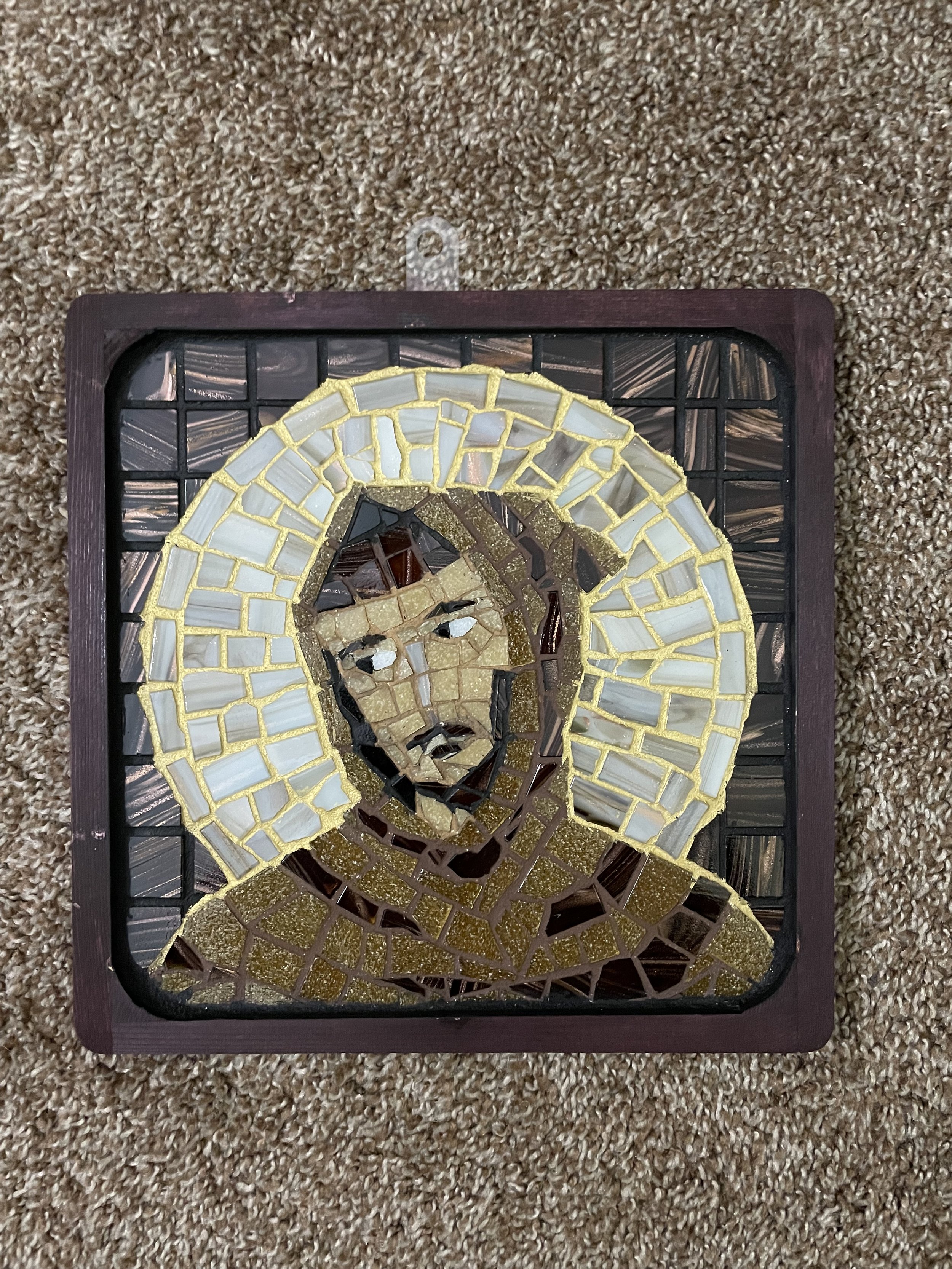
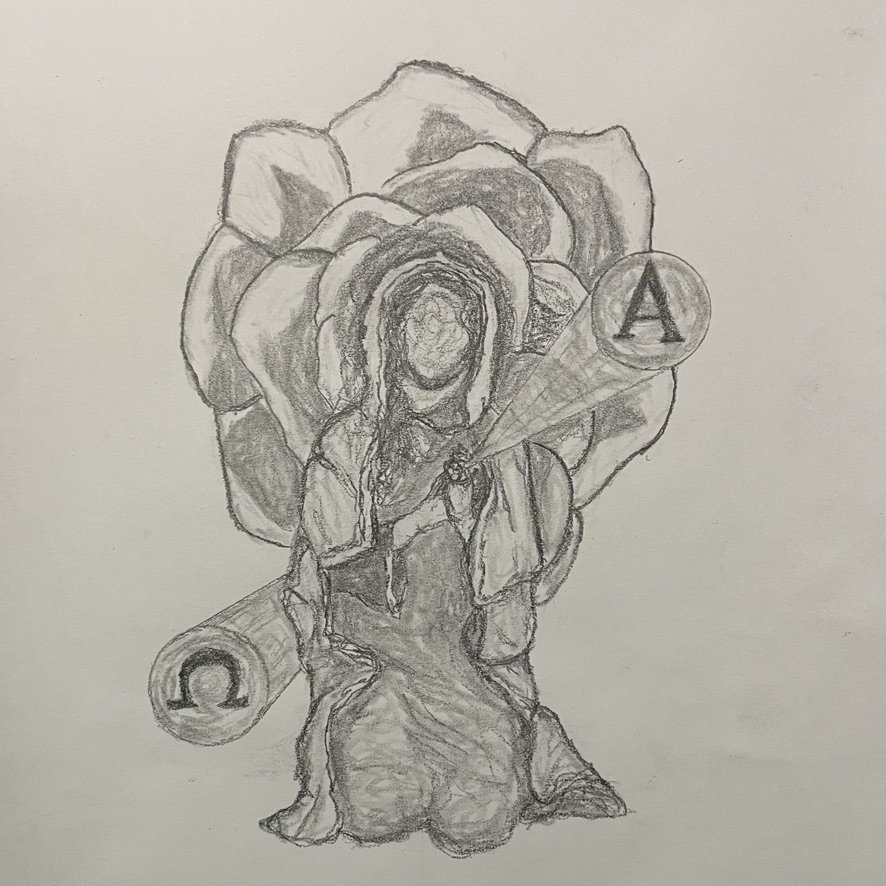
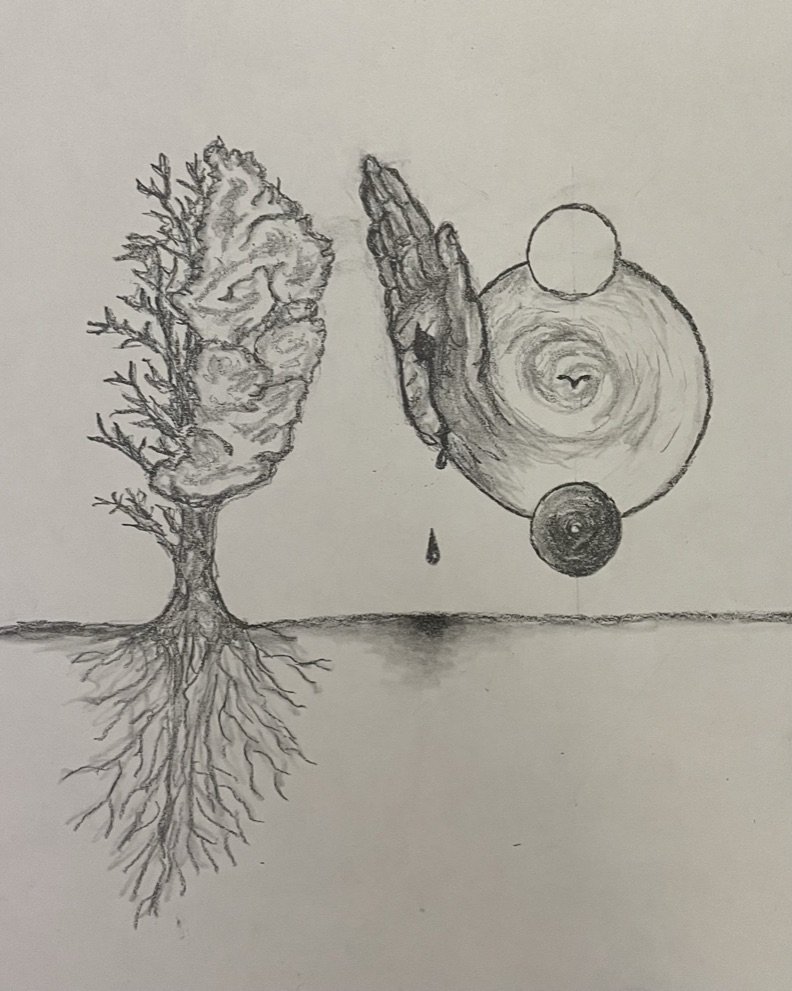
Where have you found support in the Church for your vocation as an artist?
The Catholic tradition is built on artists, writers, poets, orators, musicians, architects, and visionaries. I turn to this diverse and dynamic inheritance for inspiration and affirmation. I think there is ongoing appreciation for beauty in the Church that encourages anyone within, without, or around the Catholic faith to create art that reflects the splendor of the universe.
What is your daily spiritual practice?
My spiritual practices change with the seasons. Different periods of life necessitate different practices, and I'm grateful to the wealth of exercises that are available to me as a Catholic—exercises that have been cultivated, lived, and passed down by generations of ancestors and siblings in the faith. The Examen, a prayer practice established by St. Ignatius of Loyola and first introduced to me by a Hindu friend, has been a regular point of grounding in my life: to prayerfully review the day with the Divine at the center yields insights, gratitude, and greater awareness. The rosary is a sacred practice that I carry with me everywhere I go, whether or not I have the beads. The praying of the rosary allows me to let go of the many tangled thoughts bouncing around in my mind and root myself into an ancient ritual that reverences the Holy Mother. Meditating on the wondrous creations of Catholic saints—the prayers of Saint Francis, the writings of Saint Catherine of Siena, the music of Saint Hildegard von Bingen—infuse my life with insight and inspiration.
What is your daily artistic practice?
Like my spiritual life, my artistic life is varied and sometimes fickle. While I have daily practices of writing, songwriting, and crafting, projects often come in intense bursts. So, rather than working a little bit on a mosaic every day, I will spontaneously respond to some call and work for days on end to create a mosaic. I tend to simply sit with the material I'm drawn to until the time is right. Last fall, for example, I acquired a beautiful tree stump from an artist's studio in Somerville, Massachusetts. Without understanding why, I intuitively felt this stump could serve as a Marian shrine. Just a month ago, I finally had the time and space to sit with the stump, and I ended up engraving an image of the Holy Mother, held within a mandorla, into the wood. The core of my artistic practice is to listen to myself, the world around me, and the call of the Divine and then to answer with humility, diligence, and faith.

